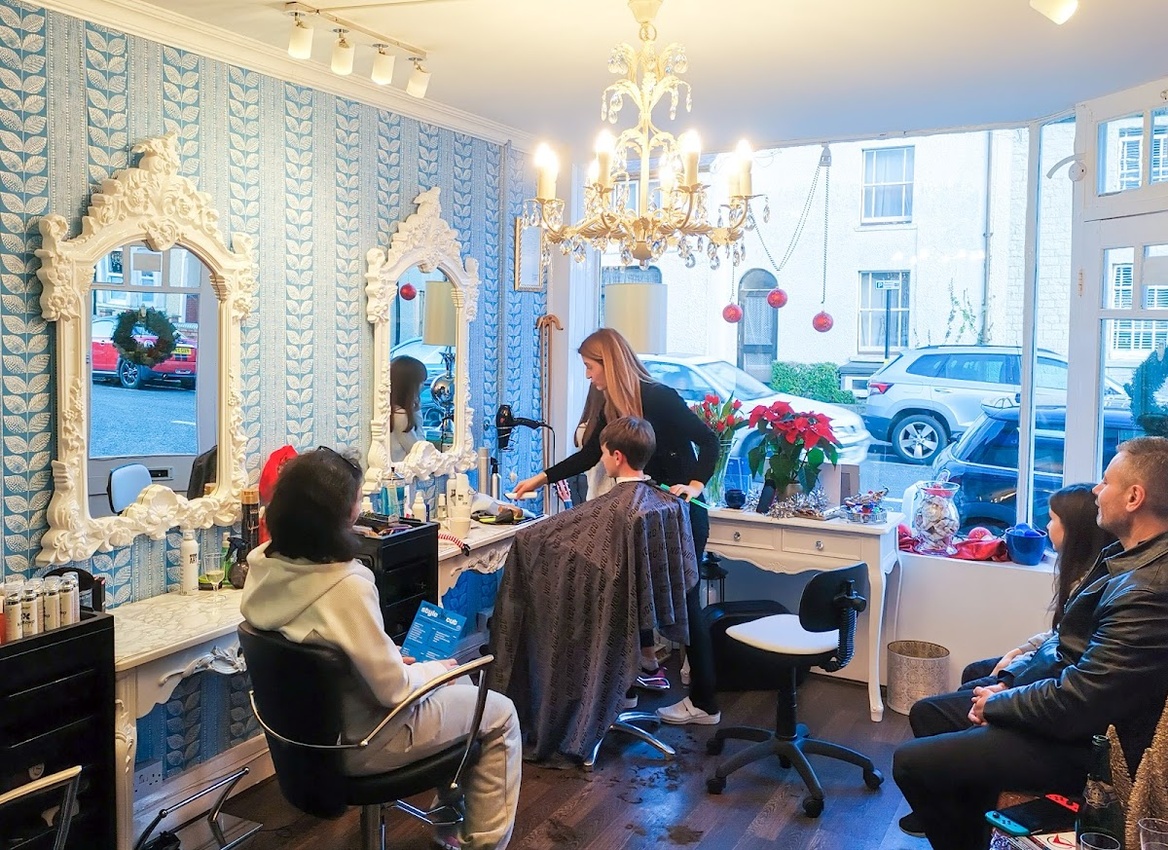When it comes to decorating a space, there are a multitude of factors to consider. From the furniture layout to the wall color, each decision contributes to the overall atmosphere and aesthetic of a room. However, one aspect that is often overlooked yet plays a significant role in the ambiance of a space is lighting.
The Importance of Proper Lighting
Lighting can make or break a room. It can set the mood, enhance the colors and textures of decor, and highlight specific features or areas. A lack of proper lighting can make a space feel dull and uninviting, while too much lighting can create a harsh, uncomfortable glare. Therefore, it’s essential to choose the right type and amount of lighting to accentuate a space’s unique attributes and create a welcoming atmosphere.
Types of Decor Lighting
There are a variety of lighting options available that can be used for decor purposes:
- Ambient Lighting: This type of lighting is used to create a general, overall illumination throughout a space. Examples include chandeliers, ceiling fixtures, and wall sconces.
- Task Lighting: Task lighting is used to provide focused illumination for specific activities such as reading or cooking. Examples include table lamps, desk lamps, and under-cabinet lighting.
- Accent Lighting: This type of lighting is used to highlight specific features within a room, such as artwork, sculptures, or architectural details. Examples include track lighting, picture lights, and uplights.
Decor Lighting Placement
Proper placement of lighting is crucial for achieving the desired effect. For example, ambient lighting should be placed at a height that complements the space’s size and layout, while task lighting should be placed at a distance and angle that ensures focused illumination. Accent lighting should be placed at a distance and angle that highlights the unique features it’s meant to accentuate.
Choosing the Right Light Bulbs
The type of light bulbs used also plays a significant role in decor lighting. There are several options available, including:
- Incandescent: The traditional, warm glow of incandescent bulbs is a classic choice, but they are not as energy-efficient as other options and have a shorter lifespan.
- LED: LED bulbs are energy-efficient and have a longer lifespan than incandescent bulbs. They come in a range of temperatures from cool to warm, making them versatile for many applications.
- Halogen: Halogen bulbs are more energy-efficient than incandescent and offer a bright, white light. They are commonly used in task lighting applications.
Color Temperature
Color temperature is another important factor to consider when choosing light bulbs. It refers to the hue of the light emitted and is measured in kelvins (K). Warm colors range from 2000K to 3000K and emit a yellowish-orange glow, while cool colors range from 4000K to 6500K and emit a blue-white glow. The color temperature should be chosen based on the intended use of the lighting and the atmosphere desired.
Incorporating Decor Lighting into a Space
Decor lighting can be incorporated into a space in many ways. Some examples include:
- Layered Lighting: Combining ambient, task, and accent lighting to create an overall warm and inviting atmosphere.
- Focal Point Illumination: Using accent lighting to highlight a specific feature, such as a piece of artwork or statement furniture.
- Backlighting: Placing lighting behind a piece of furniture or object to create a subtle yet striking silhouette.

